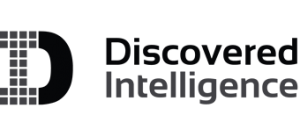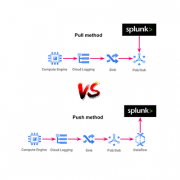Building a Unified View: Integrating Google Cloud Platform Events with Splunk
By: Carlos Moreno Buitrago and Anoop Ramachandran
In this blog we will talk about the processes and the options we have to collect the GCP events and we will see how to collect those in Splunk. In addition, we will even add integration with Cribl, as an optional step, in order to facilitate and optimize the process of information ingestion. After synthesizing all of this great information, you will have a great understanding of the available options to take, depending on the conditions of the project or team in which you work.
Read more

